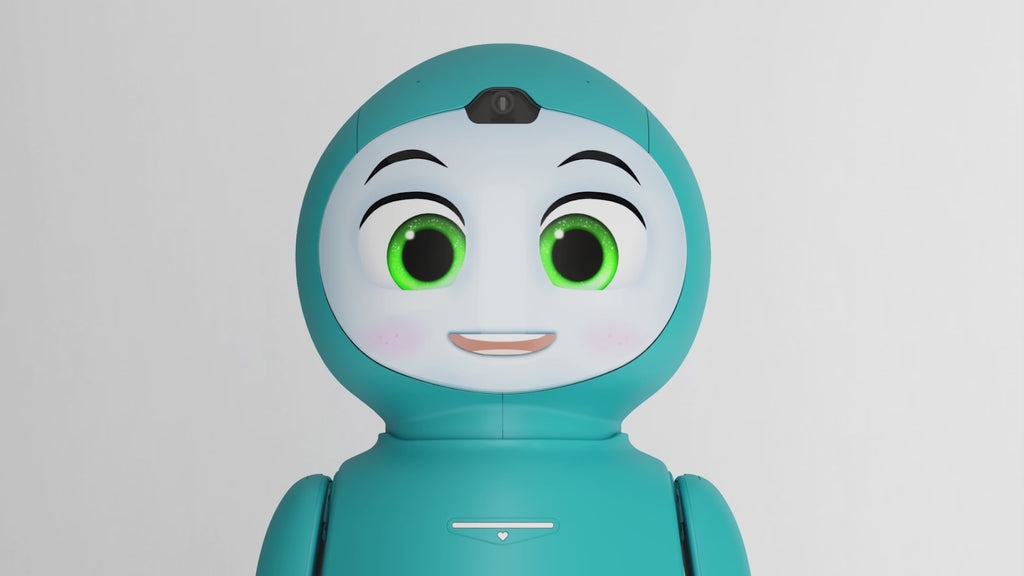
A new era has dawned in the realm of toys for children, one that is heavily influenced by artificial intelligence (AI). A rising number of startups are innovating in this space, creating AI-powered robots and plush toys designed to engage children in conversation, storytelling, and interactive learning activities. Brands such as Miko, Grok, Fawn, and Moxie are leading the way, aiming to provide both educational and emotional support for children.
The Benefits of AI-Powered Toys
These AI-powered toys are built with advanced AI models, designed with the noble aim of helping children grow academically, improve communication skills, and manage their emotions. For instance, Miko has sold nearly half a million devices across more than 100 countries and expects to cross $50 million in revenue by 2024. Its design focuses on engaging, educating, and entertaining children through multimodal interactions with robotics and AI. Other toys like Grok, Fawn, and Moxie offer similar features, providing an undeniably innovative blend of technology and play for children.
Concerns About AI-Powered Toys
Despite the apparent benefits, there are valid concerns surrounding these AI-powered toys. For one, the accuracy of the information provided by these AI models has come into question, especially in educational contexts. AI toys have been known to struggle with accurate responses to factual questions, which could potentially lead to the dissemination of misinformation. Additionally, privacy and security concerns have been raised about the data collected by these devices. With increasing instances of data breaches, it is only natural for parents to worry about the safety of their children’s information.
Expert Opinions on AI-Powered Toys
While some parents have found these AI toys beneficial for their children, experts caution against relying on them for crucial tasks, such as therapy. While AI has made significant strides in many fields, it might not be ready to take on the role of a therapist or counselor just yet. It’s important to remember that these toys should supplement, rather than replace, human interaction and traditional learning methods.
Conclusion: The Future of AI-Powered Toys
The integration of AI technology into children’s toys undeniably provides interactive and educational experiences, potentially benefiting children’s cognitive development and creativity. However, the accuracy of information and data security issues must be addressed to ensure these toys serve their purpose effectively and safely. As the technology continues to evolve, it will be interesting to see how these AI-powered toys transform playtime, learning, and emotional development for children in the future. Until then, parental supervision and discretion are advised while using these AI-powered companions.
